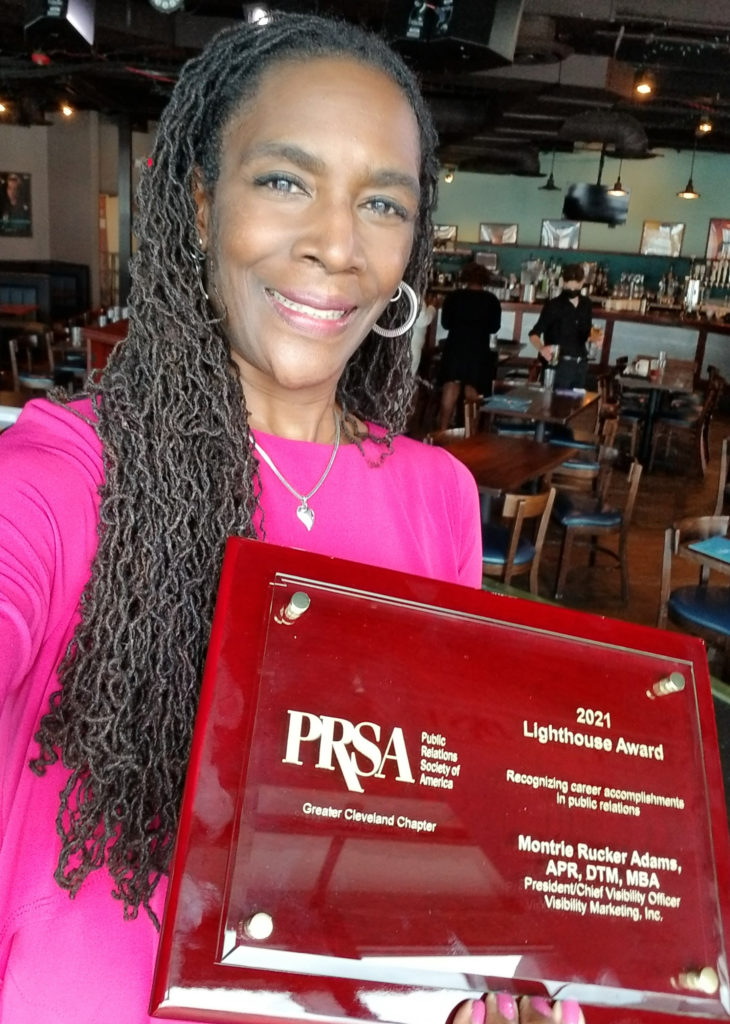
April 17, 2000 we received Visibility Marketing Inc.’s Incorporation papers. For me, it was a dream come true for a ten-year-old girl who often followed her father around his chemical business in Puerto Rico.
Twenty years! I don’t have to tell you how difficult and delightful this journey has been. The statistics state that 20 percent of small businesses fail in the first year while 50 percent fail in its fifth.
We’re still here holding on during the COVID-19 crisis.
Because we’re grateful to have a 20th anniversary, we’re taking applications from businesses that need communications assistance – especially now. Whether it’s help with branding, publicity, publications, outreach, marketing research or coaching…let us know how we can be there for you.
One of the Rev. Dr. Martin Luther King Jr.’s famous quotes is about service.
Everyone can be great because anybody can serve. You don’t have to have a college degree to serve. You don’t have to make your subject and verb agree to serve. You only need a heart full of grace, a soul generated by love.
During this horrible pandemic, we have witnessed many “hearts full of grace” and “souls generated by love.” It is in this spirit that we celebrate our anniversary year by serving others.
If your organization can benefit from our expertise, please click here to apply for Visibility Marketing Inc.’s 20th Anniversary Anyone Can Serve Campaign.







 Day by day, cities are competing with each other to attract tourists, students, businesses, investors and new residents. Consequently, they are increasingly adopting marketing approaches resulting in what is commonly known as city marketing.
Day by day, cities are competing with each other to attract tourists, students, businesses, investors and new residents. Consequently, they are increasingly adopting marketing approaches resulting in what is commonly known as city marketing. By: Daniel Fumero Lázaro
By: Daniel Fumero Lázaro Whether or not you have a successful marketing campaign depends largely on the strategy, its execution and the resources used. Every year, big firms invest many resources in marketing and communication campaigns to promote its products and services. At the same time, small companies fight to position themselves on the market, devoting time and resources to attract new clients.
Whether or not you have a successful marketing campaign depends largely on the strategy, its execution and the resources used. Every year, big firms invest many resources in marketing and communication campaigns to promote its products and services. At the same time, small companies fight to position themselves on the market, devoting time and resources to attract new clients. Working as
Working as